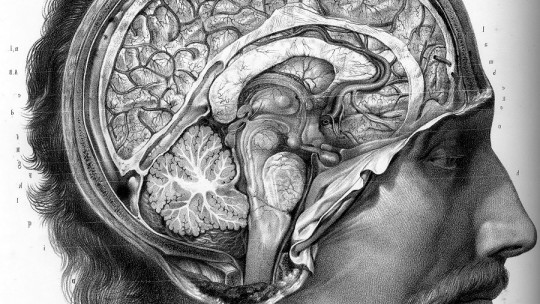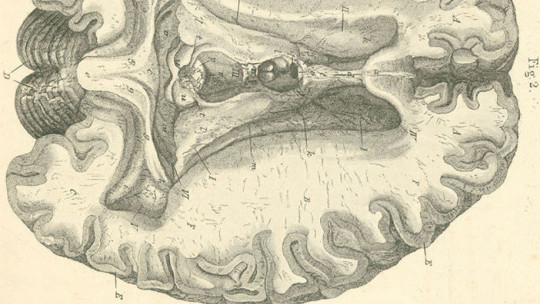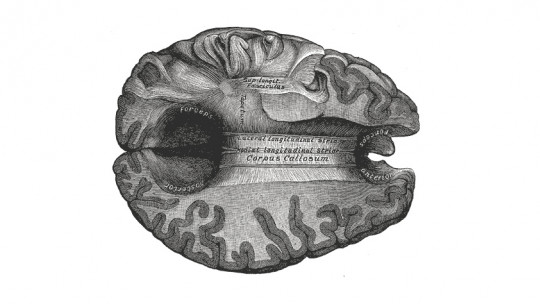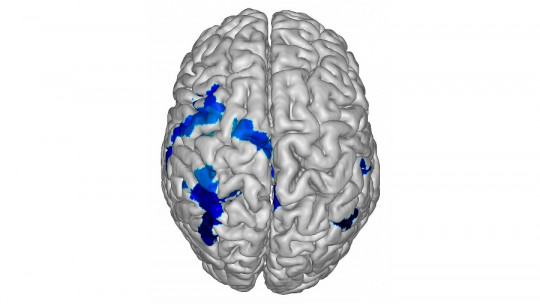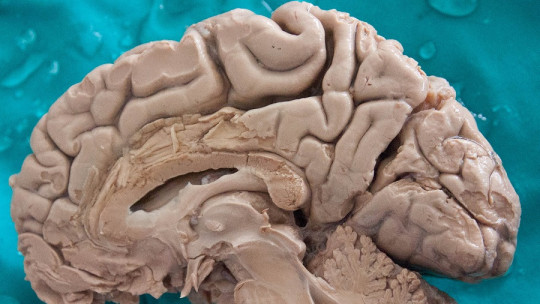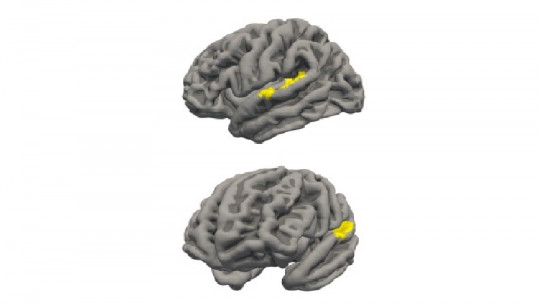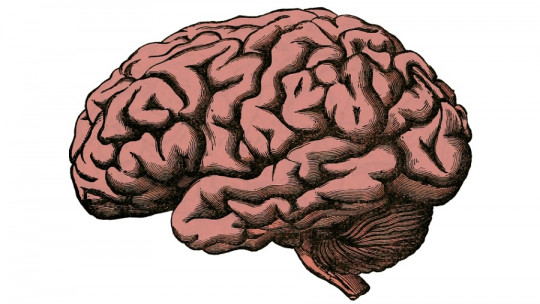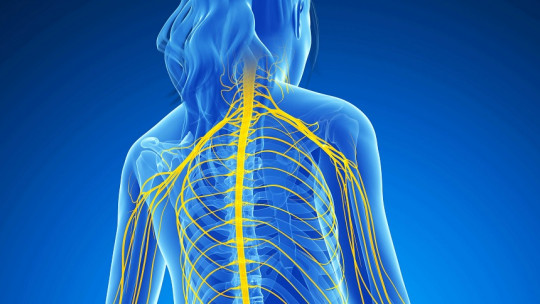The human brain is made up of two large cerebral hemispheres that, although they have their own functions, must constantly communicate so that information is transmitted and there is good structural and functional connectivity.
The interhemispheric commissures, which include the corpus callosum, are responsible for this interconnection occurring correctly.
In this article we explain What do they consist of and what are the main interhemispheric commissures? where they are located, what relevant functions they carry out and what problems cause damage to these structures.
Interhemispheric commissures: definition and neuroanatomical location
The interhermispheric commissures are a set of structures formed by nerve fibers that connect different regions of the two cerebral hemispheres These commissures are part of the white matter, which is composed of association fibers, commissural fibers, and projection fibers.
Although the best-known commissure is the corpus callosum, there are others that also have an important role in brain interconnectivity, such as the anterior commissure, the posterior commissure, and the fornix. The anterior and posterior commissures are made up of small bundles of interhemispheric fibers, located in front and behind the corpus callosum.
The anterior commissure connects the olfactory bulbs, amygdaloid nuclei, and medial and inferior temporal lobes Fibers from the posterior commissure connect areas in the occipital lobes, primarily areas related to pupillary response and control of eye movement.
The largest structure of all the commissures is the corpus callosum , located in the upper part of the diencephalon, forming much of the roof of the lateral ventricles. The smaller commissures include: the anterior commissure, located caudally to the rostrum of the corpus callosum and rostrally to the main part of the fornix; and the hippocampal commissure, formed by fibers that originate in the hippocampal formations and cross the midline as a thin layer inferior to the splenium of the corpus callosum.
The main interhemispheric commissures of the brain are described below.
1. The corpus callosum: characteristics and functions
The corpus callosum is the main interhemispheric commissure. It is formed by bundles of white matter and is located deep in the longitudinal fissure of the brain. The main function of this structure is to transmit information from one cerebral hemisphere to another, thus promoting interhemispheric communication. It also plays a role in learning processes and problem solving.
The fact that there is a structure that acts as a bridge between hemispheres implies that the brain, despite having two differentiated hemispheres, acts as an integrated whole that allows the management and execution of different tasks and cognitive functions On the other hand, it has been suggested that structural abnormalities of the corpus callosum are related to diseases such as multiple sclerosis and other cognitive dysfunctions.
This structure is made up of the following parts:
Beak or rostrum
Located in the lower frontal area of the corpus callosum, arises from the lamina terminalis and connects to the optic chiasm
Knee
It is the part of the corpus callosum that curves inward, its anterior end. Its fibers connect areas of the prefrontal cortex of the two hemispheres.
Body
Posterior to the knee, it constitutes the upper surface of the corpus callosum and connects with the septum and trine
Splenium or labrum
It constitutes the posterior end of the corpus callosum, and It is made up of fibers that connect with the occipital lobe to form the forceps major It is also linked to the lateral ventricle, forming its lower walls.
2. The anterior commissure: characteristics and functions
The anterior commissure is another of the interhemispheric commissures formed by a bundle of nerve fibers that connect the temporal lobes. It is located at the bottom of the beak of the corpus callosum and above the optic chiasm. It is a smaller structure than the corpus callosum and the only mixed commissure (with two types of nerve fibers).
It has been suggested that this commissure could play an important role in pain sensations (specifically, acute pain). Furthermore, its connections with the temporal lobes and the amygdala indicate that it also intervenes in memory processes, processes associated with emotions, hearing and language or speech
The anterior commissure has also been related to basic processes such as olfaction, instinctive behavior, and sexual behavior. However, research carried out in subjects with lesions in this brain structure and in adjacent areas postulates that it could be involved in numerous functions, ranging from attentional processes to the perception of colors.
3. The posterior commissure: definition, location and characteristics
The fibers of the posterior commissure cross the midline of the brain, above the orifice of the sylvian aqueduct (located in the third ventricle). This structure is made up of a rounded band of white fibers It appears to have an important role in the bilateral pupillary light reflex.
Most posterior commissure fibers originate from the posterior commissure nucleus (Nucleus of Darkschewitsch), located in the periaqueductal gray nuclei at the rostral end of the cerebral aqueduct, in front of the oculomotor nucleus.
4. The fornix: characteristics, structure and functions
The fornix is a structure of white matter, also called the trigone, which It originates in the hippocampus and passes through the mammillary bodies of the hypothalamus It is composed of fibers organized in several subregions such as the alveus, the fimbria or the columns of the fornix.
These columns are connected to each other through the commissure of the fornix, a bundle of nerve fibers that serve as a connection between them before forming the body to integrate the formations that come from the hippocampus When the columns join in the midline they form the body of the fornix.
It has been suggested that the function of the fornix is to connect different structures to allow information to be transmitted from one place to another. Also has been related to memory consolidation processes ; In fact, patients who present lesions in this structure usually have problems in this cognitive function.
Research also suggests that injuries to the fornix can cause deficits in declarative memory (which allows us to remember events voluntarily) and episodic memory (responsible for storing autobiographical memories or specific events that are part of our personal history). .
Disorders related to injuries to these structures
Lesions in the main interhemispheric commissure of the brain, the corpus callosum, can cause severe sensory and motor deficits. The main disorder caused by sectioning this structure is callosal disconnection syndrome, which causes difficulties in motor coordination that involve incoordination, repetition or perseveration in actions that involve movements in sequence (such as combing one’s hair or tying shoelaces).
Another clinical consequence that can occur in callosal disconnection syndrome is the difficulty in consolidating learning and retaining new information Agraphia (total or partial inability to write) and alexia (partial or total loss of the ability to read) may also occur.
Other types of conditions such as tumors, head trauma, strokes, malformations or degenerative diseases may be factors responsible for producing the characteristic clinical signs and symptoms of damage to the nerve fibers of the interhemispheric commissures that connect both. brain hemispheres.

